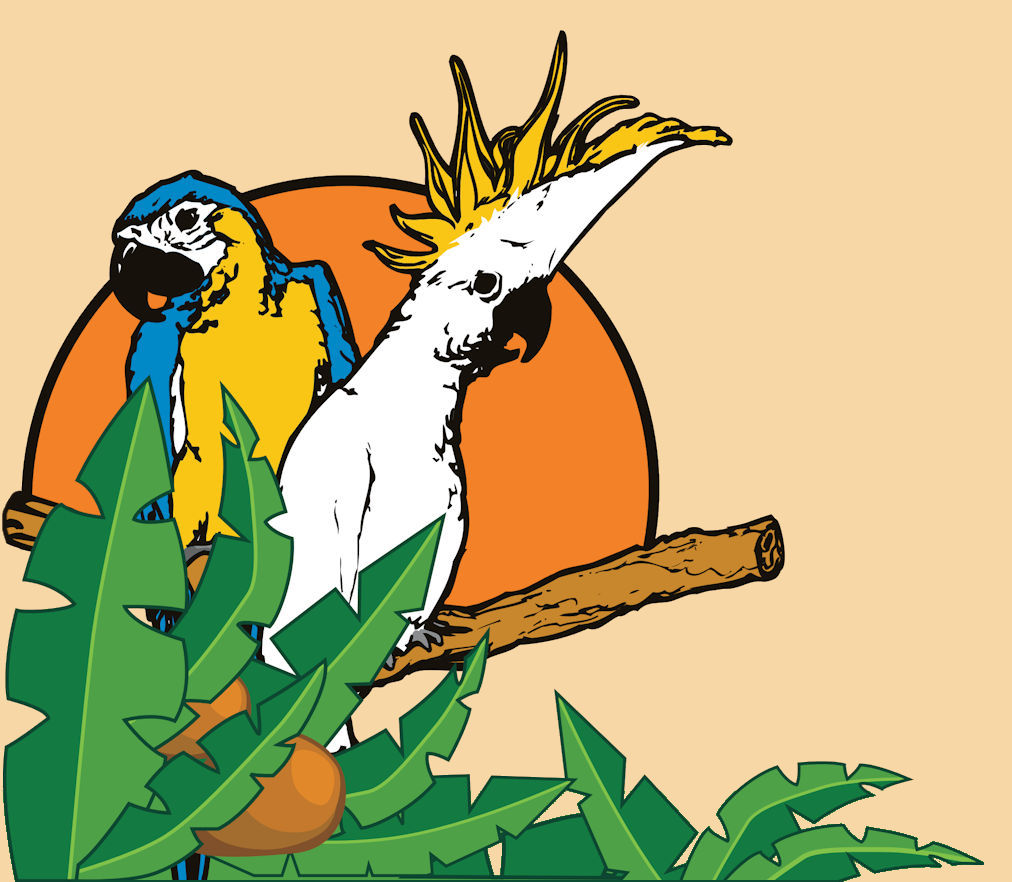Conures- loveable, loud, and curious! There are 2 main genus of conures: Aratinga and Pyrrhura, plus a few types that are their own genus: Nandays, Patagonians, and Golden conures to name a few.
One of the most popular conures kept are the Green cheeked conures, which belong to the Pyrrhura genus. Their smaller size, and generally quieter vocalizations are what make many bird owners initially drawn to these companion parrots. It is their intelligence, charm, and mischievous nature that makes us fall in love with them. Their average life span can range between 18 – 25 years with proper nutrition and exercise. It is recommended that their diet should include vegetables rich in vitamin K, and be slightly higher fat and lower in protein.
A standard green cheek has a black crown, with a grayish-white collar around the neck. The body is mostly green with a maroon blush on its belly as well as the tail. The primary wing feathers are vibrant blue, which is especially noticeable on an unclipped bird. There are a number of beautiful color mutations as well, from the pronounced red and yellow of the pineapple conure (a cinnamon variety of the yellow-sided mutation), to the teal and silvery gray of the turquoise conures.
These highly interactive little parrots can obtain a small vocabulary, learn tricks like waving, kisses, laying on their backs, and more with proper time and dedication. Their in-cage antics will also leave you laughing as they scoot around on their sides, wrestle with bells and jingle balls, and hang upside-down.
